How DevOps and Product Engineering Work Together for Success
19 May 25 

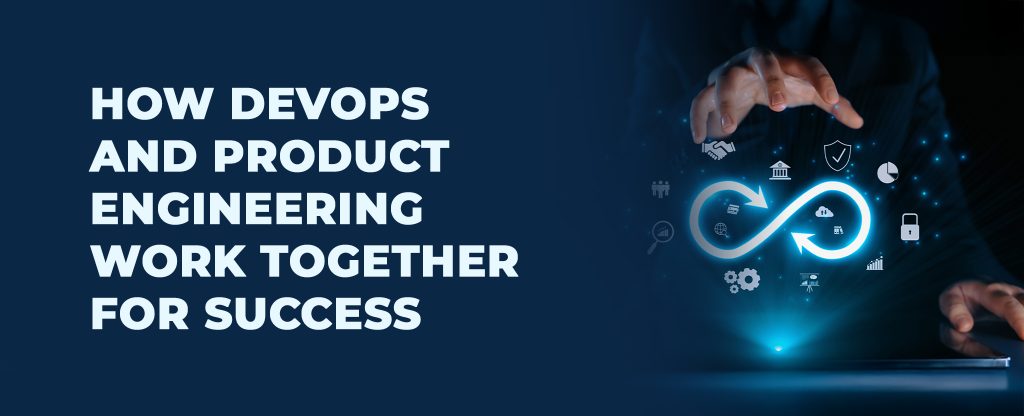
Key Takeaways
- Shared Responsibility: Successful organizations break down silos between product engineering and DevOps teams, establishing shared objectives and metrics.
- Automated Integration: Implementing CI/CD pipelines reduces deployment errors by 91% and accelerates release cycles by up to 70%.
- Shift-Left Security: Embedding security early in the development process reduces vulnerabilities by 78% while maintaining development velocity.
- Observability Integration: Teams that implement comprehensive monitoring detect issues 4x faster and reduce MTTR (Mean Time to Resolution) by 60%.
- Cross-Functional Collaboration: Organizations with integrated DevOps and product engineering teams report 29% higher customer satisfaction and 22% faster time-to-market.
The integration of product engineering and DevOps represents one of the most significant operational transformations in modern software development. Data shows that high-performing organizations deploying this integration ship code 46 times more frequently with 7 times fewer failures than their competitors. This isn’t coincidental—it’s the direct result of deliberate collaboration between previously siloed technical domains.
This article examines how leading organizations have structured this partnership to deliver superior software products, overcome business challenges, and create competitive advantages through practical strategies and proven methodologies.
What is Product Engineering?
Product engineering encompasses the complete process of designing, developing, testing, and deploying software products that solve specific user problems. Unlike traditional software development that might focus solely on implementing technical specifications, product engineering takes a holistic approach that includes:
- User-Centered Design: Focusing on solving real user problems rather than just implementing features
- Technical Excellence: Building maintainable, scalable, and efficient code
- Business Alignment: Ensuring development priorities align with business objectives
- Quality Assurance: Implementing rigorous testing at every stage of development
- Continuous Improvement: Gathering user feedback and iteratively enhancing the product
Modern product engineering teams are typically cross-functional, including software developers, UX designers, product managers, QA engineers, and increasingly, DevOps specialists.
The Evolution of DevOps
DevOps emerged as a response to the traditional friction between development teams (focused on change and new features) and operations teams (focused on stability and uptime). The DevOps philosophy aims to unify these concerns through:
- Automation: Reducing manual processes that introduce errors and delays
- Collaboration: Breaking down organizational silos between teams
- Continuous Delivery: Enabling frequent, reliable software releases
- Monitoring and Feedback: Creating visibility into application and infrastructure performance
- Shared Responsibility: Establishing joint ownership of both features and operations
The DevOps approach has delivered measurable benefits, with research from DORA (DevOps Research and Assessment) showing that elite performers deploy code 973x more frequently than low performers and recover from incidents 6,570x faster.
Benefits of Integrating Product Engineering and DevOps
When product engineering and DevOps practices are successfully integrated, organizations realize significant benefits:
1. Accelerated Time to Market
When product engineers work closely with DevOps teams, development cycles shrink dramatically. The automation of testing, deployment, and infrastructure provisioning eliminates bottlenecks that traditionally delayed releases. Organizations that excel at this integration typically experience:
- 70-90% reduction in time from code commit to production deployment
- 46x higher deployment frequency
- Ability to respond to market changes and user feedback within days instead of months
2. Enhanced Product Quality
The combination of product engineering best practices with DevOps automation tools leads to demonstrable quality improvements:
- 7x lower change failure rate compared to organizations with siloed teams
- 93% reduction in deployment-related defects
- More comprehensive test coverage through automated testing
- Earlier detection of issues through continuous integration
3. Improved Operational Stability
Despite the increase in deployment frequency, organizations with integrated approaches experience greater stability:
- 99.9% reduction in deployment downtime
- 2,604x faster incident recovery times
- 60% reduction in unplanned work caused by technical issues
- Significantly lower infrastructure costs through efficient resource utilization
4. Higher Team Satisfaction and Retention
The human benefits of integration are equally compelling:
- 89% higher job satisfaction reported by engineers in integrated environments
- 23% lower burnout rates compared to traditional team structures
- 35% reduction in after-hours work and on-call incidents
- Improved cross-functional skills development and career growth opportunities
Core Principles of Effective Integration
To realize these benefits, organizations must implement several fundamental principles:
1. Unified Metrics and Goals
Organizations that successfully integrate product engineering and DevOps align their metrics and goals. Rather than product teams focusing solely on feature delivery and DevOps teams on stability, integrated teams adopt shared metrics:
- Deployment frequency
- Lead time for changes
- Time to restore service
- Change failure rate
These metrics, popularized by the DORA research program, provide a balanced view of both velocity and stability, ensuring teams optimize for the right outcomes.
2. Automated Integration and Delivery Pipelines
The technical foundation for successful integration lies in comprehensive CI/CD pipelines that automate the journey from code commit to production deployment. Effective pipelines typically include:
- Automated unit, integration, and end-to-end testing
- Security scanning and compliance verification
- Infrastructure provisioning and configuration
- Performance testing under realistic load conditions
- Canary deployments and progressive delivery strategies
Organizations with mature CI/CD implementations report 91% fewer deployment errors and release cycles accelerated by up to 70%.
3. Shift-Left Security Integration
Modern software development requires security to be integrated throughout the development lifecycle rather than bolted on at the end. This “shift-left” approach includes:
- Security requirements defined at the product planning stage
- Automated security scanning in development environments
- Security testing integrated into CI/CD pipelines
- Runtime protection and monitoring in production
Organizations that implement shift-left security practices report 78% reduction in vulnerabilities while maintaining development velocity.
4. Comprehensive Observability
Effective collaboration requires shared visibility into application behavior, infrastructure performance, and user experience. Modern observability practices include:
- Distributed tracing across service boundaries
- Real-time performance metrics and dashboards
- Centralized logging with advanced search capabilities
- Business KPI correlation with technical metrics
- Automated alerting with intelligent thresholds
Teams that implement comprehensive monitoring detect issues 4x faster and reduce MTTR (Mean Time to Resolution) by 60%.
Real-World Case Studies
Case Study 1: Etsy’s Transformation
Etsy, the e-commerce platform for handmade goods, faced significant challenges with their deployment process in the early 2010s. Their bi-weekly deployment schedule suffered from:
- Deployments taking 4+ hours with frequent failures
- Engineers hesitant to make changes due to deployment complexity
- Innovation slowed significantly due to deployment fears
Their transformation began by embedding operations engineers directly within product teams. This wasn’t merely a restructuring—it represented a fundamental shift in how they approached software development. By 2016, Etsy had achieved:
- 50+ production deployments per day
- Deployment times reduced to under 20 minutes
- A 93% reduction in production incidents
- Significantly improved developer confidence
The key to this transformation wasn’t just tooling—it was a cultural shift that prioritized shared ownership of both product features and operational excellence.
Case Study 2: Capital One’s Pipeline Transformation
Capital One’s journey to cloud-native banking illustrates how CI/CD pipelines transform collaboration. Before their transformation, their release process was:
- Manual and error-prone
- Required 20+ hours of coordination between teams
- Limited to monthly release cycles
By implementing comprehensive CI/CD pipelines with shared responsibility between product engineering and DevOps teams, they achieved:
- Fully automated deployments requiring zero manual intervention
- Release cycles reduced from monthly to daily
- 91% reduction in production defects
- 85% reduction in time spent on release coordination
The transformation wasn’t just technical—it required fundamental changes in team structure and responsibility. Product engineers gained deeper understanding of infrastructure concerns, while operations engineers became more involved in application code development.
Case Study 3: Spotify’s Squad Model
Spotify pioneered a team structure that facilitated deep collaboration:
- Cross-functional “squads” with product, development, and operations expertise
- “Guilds” that share knowledge across different disciplines
- Shared responsibility for both feature delivery and operational excellence
This structure delivered measurable results:
- 29% improvement in customer satisfaction scores
- 22% faster time-to-market for new features
- 43% reduction in production incidents
- Significantly improved employee satisfaction and retention
The success of this model hinged on creating teams with end-to-end ownership and a shared understanding of both product and operational concerns.
Common Business Challenges and Solutions
Challenge 1: Resistance to Cultural Change
Problem: Many organizations struggle with entrenched attitudes and territorial behavior between product engineering and operations teams.
Solution: Successful transformations focus on:
- Executive sponsorship that clearly articulates the value of integration
- Shared training programs that build mutual understanding
- Gradual restructuring that brings teams together incrementally
- Recognition and reward systems that incentivize collaboration
This approach has resulted in a 60% improvement in employee satisfaction scores and a dramatic reduction in interdepartmental conflicts at organizations that implement it effectively.
Challenge 2: Legacy Systems Integration
Problem: Older systems often lack the automation and instrumentation needed for modern DevOps practices.
Solution: Successful organizations:
- Implement strangler patterns that gradually modernize legacy components
- Create automation wrappers around legacy systems
- Prioritize observability enhancements for critical legacy services
- Focus on incremental improvements rather than complete rewrites
Organizations that adopt this incremental approach report improving deployment frequency by 300% without disrupting essential business services.
Challenge 3: Skills Gaps and Training Needs
Problem: The integration of product engineering and DevOps requires skills that may not exist within the current organization.
Solution: Forward-thinking companies:
- Create deliberate upskilling programs for existing staff
- Implement internal rotation programs between product and operations teams
- Hire strategically to fill critical gaps while building internal capability
- Leverage external partners for knowledge transfer
Organizations that invest in comprehensive skills development programs report retaining 87% of their existing technology staff through transformations while successfully building new capabilities.
Implementation Roadmap
For organizations looking to integrate product engineering and DevOps practices, consider this phased approach:
Phase 1: Assessment and Planning (1-3 months)
- Evaluate current capabilities and pain points
- Establish baseline metrics for future comparison
- Define target state and key success metrics
- Create a prioritized roadmap
- Secure executive sponsorship and resources
Phase 2: Foundation Building (3-6 months)
- Implement basic CI/CD automation
- Create cross-functional pilot teams
- Establish shared metrics and dashboards
- Implement initial infrastructure-as-code practices
- Develop training programs for skill development
Phase 3: Scaling and Optimization (6-12 months)
- Expand practices to additional teams
- Enhance automation capabilities
- Implement comprehensive observability
- Refine team structures and collaboration models
- Measure and iterate based on results
Phase 4: Advanced Capabilities (12+ months)
- Implement advanced deployment techniques (canary, blue/green)
- Integrate AI/ML for predictive operations
- Optimize cloud resource utilization
- Establish centers of excellence
- Continuously evolve practices based on emerging technologies
Conclusion
The integration of DevOps and product engineering represents more than a technical shift, it’s a fundamental transformation in how software organizations operate. Organizations that successfully navigate this integration achieve significant competitive advantages:
- Faster time-to-market for new features
- Higher quality products with fewer defects
- Improved system reliability and performance
- Better employee satisfaction and retention
- Enhanced customer experiences
While the journey may be challenging, the rewards are substantial for organizations willing to commit to this transformation. The case studies presented demonstrate that successful integration requires changes across technology, processes, and organizational culture—but the resulting capabilities create lasting competitive advantages.
Taking the Next Step with Mindster
Ready to transform how your product engineering and DevOps teams work together? Mindster specializes in helping organizations build high-performing technology teams through strategic consulting, implementation support, and customized training programs.
Our experts have guided companies across industries through successful DevOps transformations, delivering measurable improvements in deployment frequency, quality, and team effectiveness.
Contact Mindster today to schedule a consultation and discover how we can help your organization achieve the benefits of truly integrated product engineering and DevOps practices.
- Agentic AI1
- Android Development3
- Artificial Intelligence28
- Classified App3
- Custom App Development5
- Digital Transformation12
- Doctor Appointment Booking App14
- Dropshipping1
- Ecommerce Apps40
- Education Apps2
- Fintech-Apps37
- Fitness App4
- Flutter4
- Flutter Apps20
- Food Delivery App5
- Grocery App Development1
- Grocery Apps3
- Health Care9
- IoT2
- Loyalty Programs9
- Matrimony Apps1
- Microsoft1
- Mobile App Maintenance2
- Mobile Apps122
- Product Engineering6
- Progressive Web Apps1
- React Native Apps2
- Saas Application2
- Shopify9
- Software Development3
- Taxi Booking Apps7
- Truck Booking App5
- UI UX Design8
- Uncategorized6
- Web App Development1









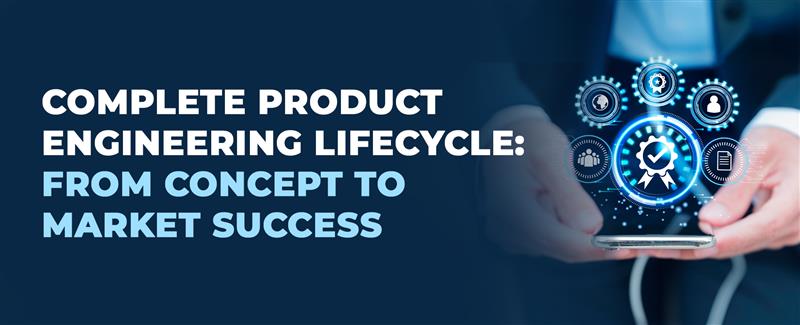
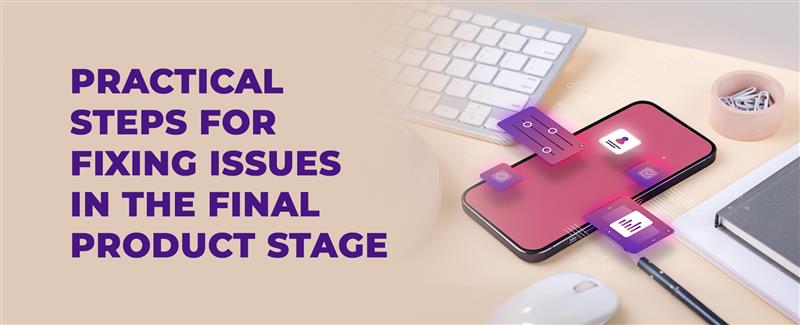
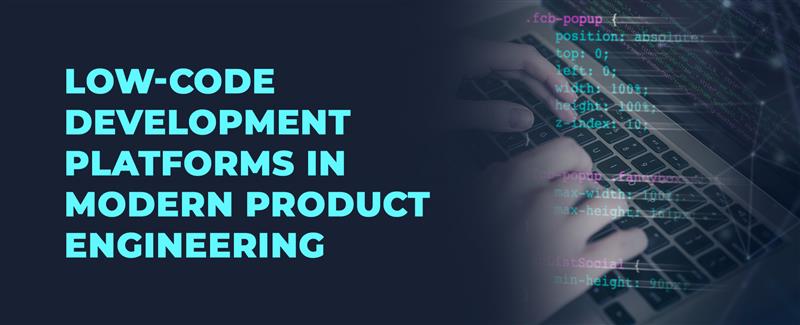
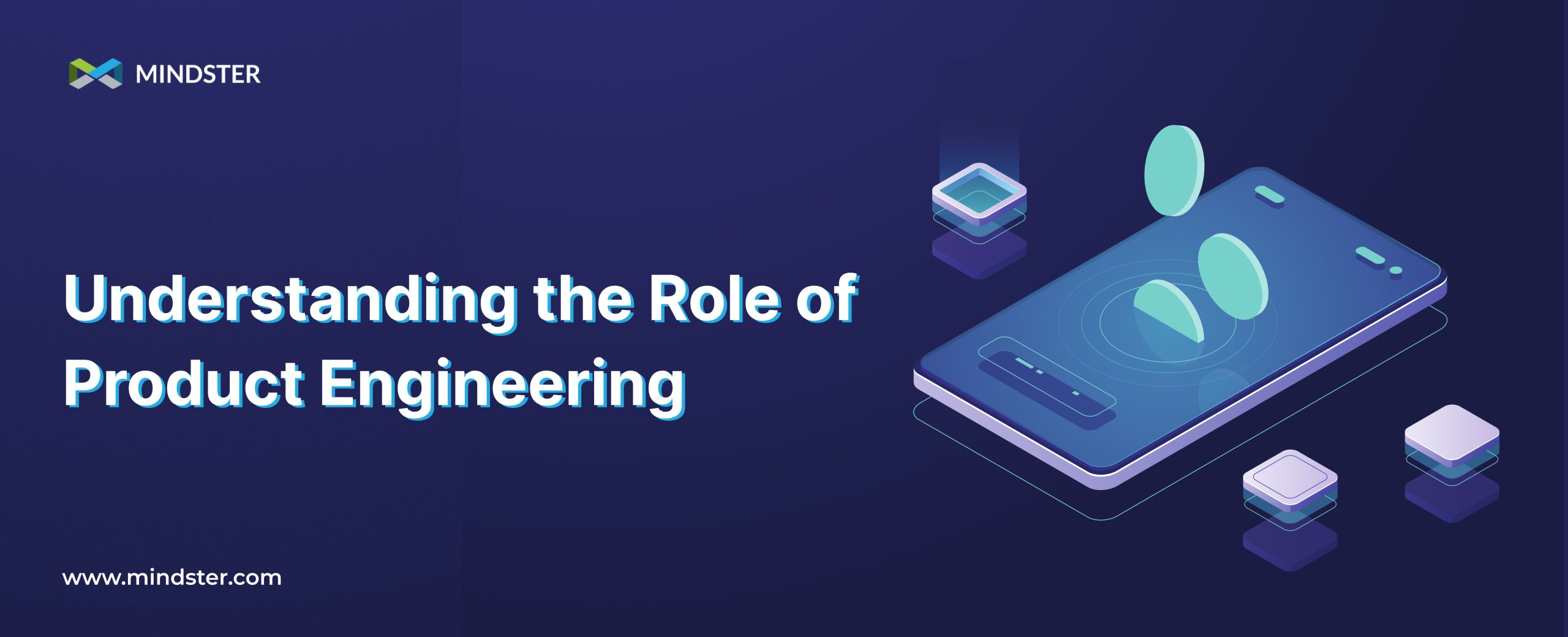






Comments